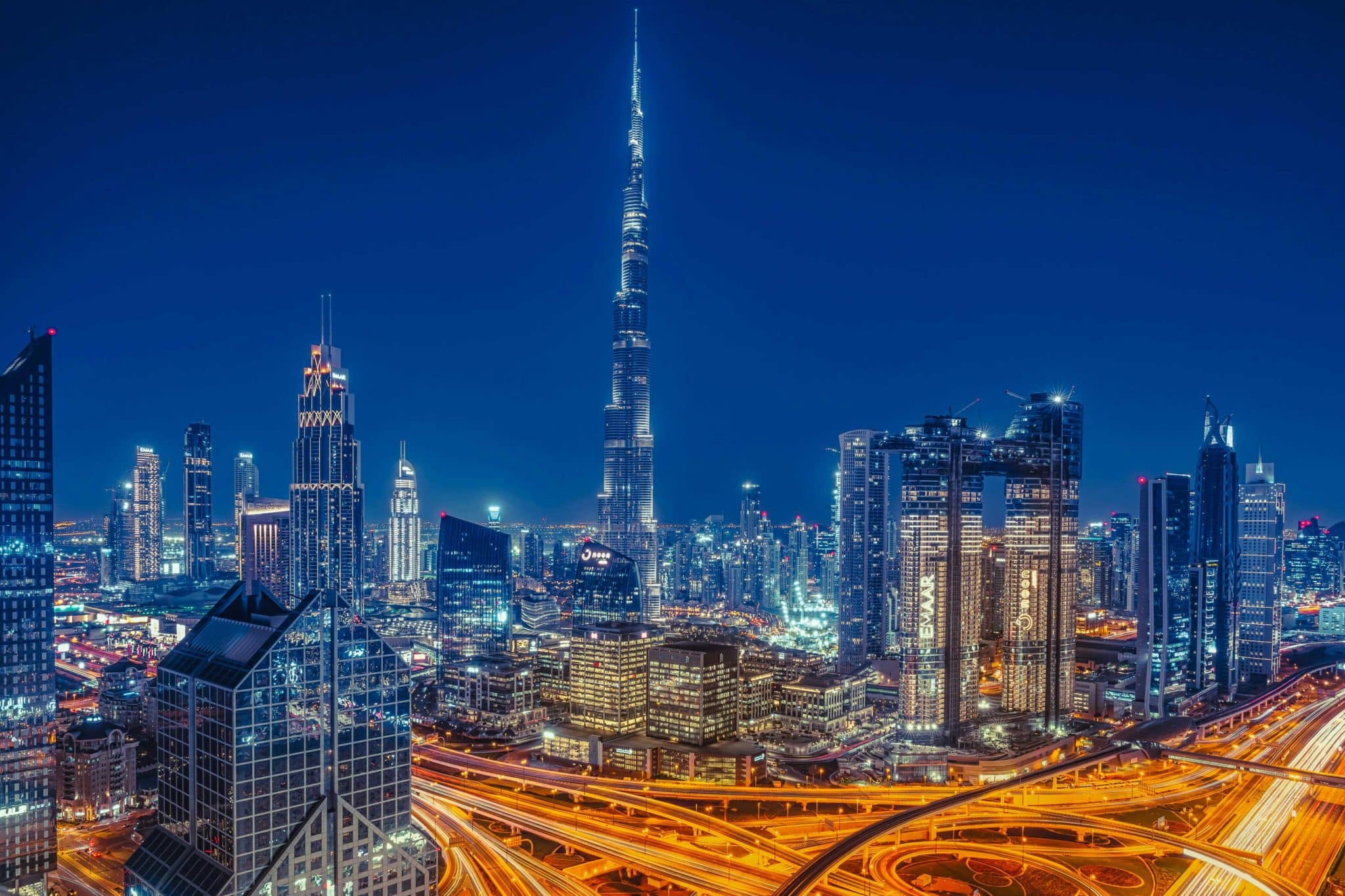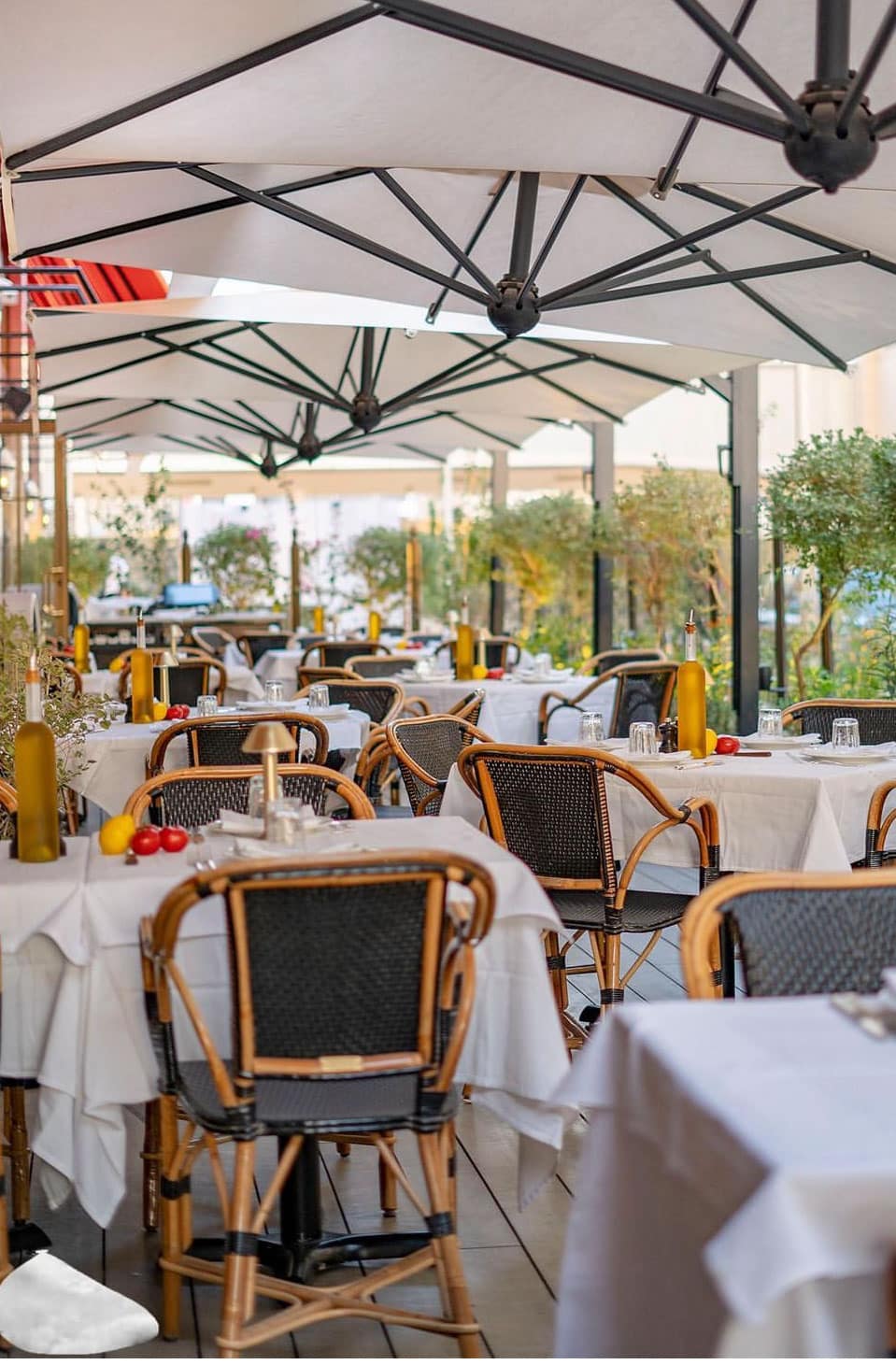
News
What’s The Middle East Fine Dining Climate Looking Like in 2024?
A strategic look into Saudi covers vs. UAE and where their fine-dining future stands.
Driven by a rich culinary heritage and shifting consumer lifestyle and preferences, the Middle East Restaurant Market has witnessed a significant boost post-pandemic. Valued at $55.65 billion in 2024, the region is expected to grow at a CAGR of 11.4% during 2024–2027.
Though major urban cities like Riyadh and Dubai have become gastronomic hubs in the Middle East and Africa (MENA), there’s a notable Saudi-Emirati rift between their cover counts.
A recent analysis using first-hand data of the fine dining industry in these cities available to Paperchase offers further insight into this trend. The data highlights that while Dubai’s fine dining prospects are soaring and attracting global attention, investment, and shaping the region’s food and beverage landscape, the Kingdom of Saudia Arabia (KSA), despite its futuristic goals, is facing challenges in maintaining momentum with stagnating progress.
Our study examines the competitive dynamics within this region, highlighting the significant investments and initiatives that are driving overall economic growth. While the pace of the growth varies, with KSA experiencing slower progress compared to UAE, the hospitality industry stands to benefit significantly from these developments.
The Highs and Lows of UAE and KSA Fine-Dining Landscape Explained

Where Dubai Soars, Fine-Dining Peaks
With its expansive beaches, striking architecture, vibrant nightlife, and steadily growing convention attendance, Dubai’s fine-dining establishments have experienced a revenue increase of over 47% in early 2024 compared to the same period last year. In fact, Dubai has ranked fifth globally as the world’s priciest city for a gourmet meal.
At the start of this year, Dubai welcomed over 1.77 million international visitors, a 21% increase to the previous year. The city annually holds hundreds of conferences and conventions, attracting thousands of professionals from various industries worldwide who are eager to discover the city’s fine dining venues, such as Le Petite Maison and Nammos.
Restaurants offering high-end meals, superb service levels, and quality food options, have been driving Dubai’s growth in both cover numbers and spend per head. However, it’s more than that.
Just like KSA’s Vision 2030 program, the UAE government is following a Tourism Strategy 2031 with 25 initiatives and policies that will support the development of UAE’s tourism sector, with a keen focus on growing Dubai as a destination for business, tourism, and investments.
Furthermore, the UAE government realizes the best way forward is to integrate the latest trends with all their projects, which means taking sustainability and technology seriously. With UAE’s NetZero 2050 program, the rise of Dubai’s Sustainable Tourism, Futurism program, environmental and cultural preservation, and an innovative business ecosystem that creates a favorable climate for investors, Dubai brings in more people every year compared to the previous years.
The only real deterrent Dubai has is the harsh weather that accompanies the summer months – this is where we see their covers dip. However, the UAE government has been taking many initiatives to deal with the scorching desert heat including temperature-controlled enclosures and buildings, misting machines, shaded seating areas, and more.
What’s Stopping Riyadh Covers from Reaching the High?
Saudi Arabia, with its vast oil reserves, is still a growth story. Named the fastest-growing G20 economy in 2022, Saudi has been working fervently to diversify its economy to become the next Dubai.
According to industry forecasts, the Saudi restaurant market is set for considerable growth between 2024–2030, projected to reach $46.84 billion at a CAGR of 8.61%. This is largely owed to the increased average income, shifting lifestyles, a younger generation, and fast-tracked urbanization.
Examining Paperchase data on the region, we have noted that the second half of 2023, Saudi’s average revenue showed an encouraging increase of just over 4%, with a 7% increase in covers compared to the first half. Early 2024 trends indicate an overall decrease in average revenue by over 5%, driven by a lower average spend per cover, and while well-known fine dining names in Riyadh experienced modest revenue growth in 2023, this was not the general trend for the category.
This raises the question:
Is Saudi falling behind in its growth initiatives?
Paperchase regional experts don’t think so. While Riyadh and Jeddah have some more roads to traverse, it’s not a lost cause, merely one that has started.
Saudi Arabia has launched many ambitious projects that are expected to steadily increase covers over the next three years. The Vision 2030 initiative is already making its mark, significantly boosting various sectors throughout the Kingdom. This includes the Saudi restaurant industry which has welcomed internationally acclaimed fine dining establishments such as Ruya, Myazu, La Petite Maison –– all clients of Paperchase. .
Our research suggests that the Saudi economy will have ups and downs as more and more brands move in. Unlike the religiously significant cities of Mecca and Madinah, Riyadh and other Saudi cities are developing their reputation from scratch, with their competition being established hubs like Dubai, Abu Dhabi, Doha, and Muscat.
Saudi government still has to pave some roads, but we believe they’re getting there. First, there are certain challenges that need to be addressed.
- The Vision 2030 program is inspiring and ambitious, but still underway.
- Tourists and businesses are moving to Riyadh only to realise the 2030 vision of sustainability and growth is not ready.
- The paperwork and registration for a company in Saudi takes anywhere from a few weeks to several months, whereas in UAE it takes a few weeks to a month.
- Saudi is facing generations-held perceptions that need to change; People need to believe in KSA as a growing, evolving, modern nation.
As the region works to complete its mega projects and to change its image, the fine dining competition in the Kingdom of Saudi Arabia continues to grow and should, in the near future, be matched by the uptick in tourism that will keep pace with the covers needed to drive sufficient revenue.
In the meantime, at Paperchase, we encourage entrepreneurs in the Saudi restaurant industry to keep the seasonality in mind and adjust accordingly to mitigate losses.
What to Do to Get Higher Covers in KSA?
Here are a few steps pertaining to the Saudi culture, people, and tourists that will get your fine-dining establishment more covers:
Find the Right Location
Not every place will do. Work with companies like Paperchase who know the Saudi food landscape well enough to guide restaurateurs into buying or renting a space that not only is a prime spot for commercial businesses but is also accessible and has prominent exposure. Adaptability will always make your restaurant an ideal destination for grabbing a bite, bringing in more traffic, the right audience, and increasing the overall ROI.
Choose High Value for Low Investment
A smaller footprint allows a more intimate service experience and gives the impression that a location is busy, making it seem more popular. Try moving decor and furniture around to make a smaller dining area. Or invest in upgrading fixtures, linens, and accents to ensure the area feels unique and upscale, offering value that patrons are willing to pay higher prices for. As covers increase over time, these investments can slowly expand to full capacity.
Make Service the Top Priority
While luxury restaurants benefit from strategic positioning, they must also cater to a clientele that demands the most exceptional service. Saudi restaurants that have outperformed their competition have a proven high-service model. Training your staff to be extremely hospitable and well-versed with a range of clients will return the best efforts. Ensure staff knows the menu by heart, understands the dishes that will suit each client, and can make guests feel like they are special and looked after, the only table in the restaurant instead of just running plates.
Correctly Code and Closely Monitor Costs
Whether it’s your line cook, bartender, or floor manager, each one of them needs basic financial know-how. Train your staff to understand costs and how to control them, especially when business is booming. They should also know how to cut down on costs without compromising on quality when the need arises.
At Paperchase, we host complimentary restaurant finance webinars that can be beneficial for the junior management staff at your establishment. Additionally, we work with some of the biggest names in the industry and know the complexities of the Saudi market well enough to glide you forward with better profits and higher covers.
Take Advantage of the Seasonality
Saudi Arabia has an influx of people every year from most countries in the world –– the highest number of tourists in the country visit during the Hajj season and the lowest during Ramadan.
Knowing the seasonality of the landscape can enable restaurants to prepare for months with higher traffic and how to make the most of it, and the months where there will be a dip and a loss of covers.
Casual in the Interim
Mid-market restaurants are trending strong for covers and revenue due to their affordability and comfort factor. Changing the format may be tough for franchisees, but other fine dining establishments feeling the lag in covers have various options that would benefit them.
From switching up the menu and creating a more casual atmosphere to offering catering services, online deliveries, and setting up ghost kitchens with more affordable yet good quality menu items, we can keep covers consistent until the market catches up.
An Optimistic Outlook for Saudi Arabia and The Middle East
Saudi economy is going in the right trajectory, and we do expect things to pick up. We believe their current initiatives, including Vision 2030, are ambitious plans that will make the region a desirable destination for tourism, fostering a solid opportunity for fine dining on par with the explosive growth that Dubai and the UAE have experienced over the past two decades.
According to a late April report from the Saudi Press Agency, “87% of Vision 2030 projects are complete or on track” and the efforts are starting to be tangible as the tourism numbers exceed original forecasts.
We expect to see the fine dining sector in Saudi grow significantly over the next 3 years, but in the meantime, fine dining owners must either secure funding to ride the wave or adjust, track and lower costs if they want to remain open and ready to perform outstanding service.
These nations are a prime spot for an explosive growth; However, setting up a fine-dining establishment in Saudi and UAE can be a challenge for those unfamiliar with the region, its culture, and its landscape.
At Paperchase, we help aspiring hoteliers, restaurateurs, and entrepreneurs get the numbers that define them. We know the MENA region intimately, so we can always steer your establishment into the right direction with our hospitality accounting and financial advice. With major clients around the world, including over 15 Michelin-starred restaurants, we know what you need and how you can get it.





